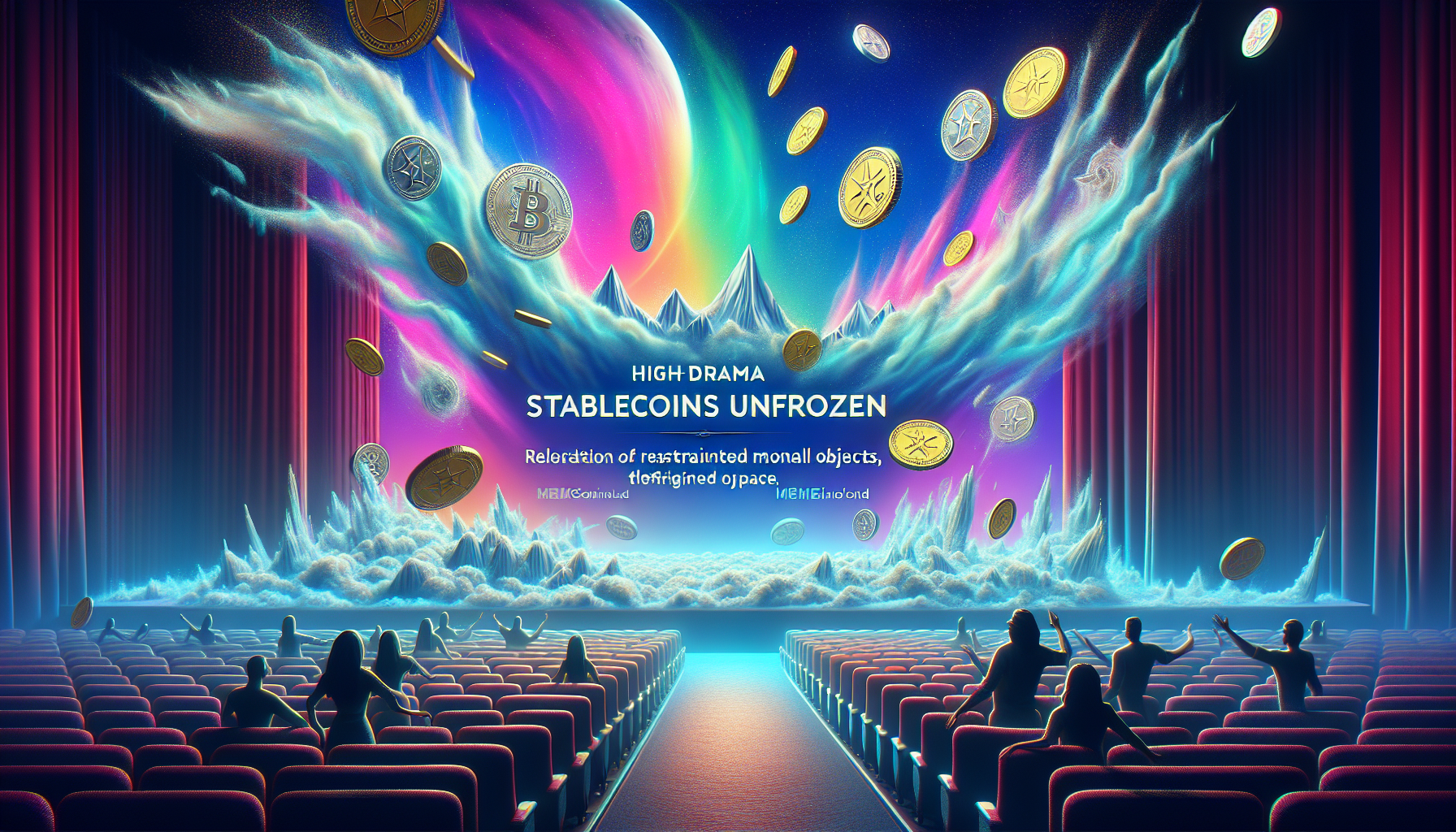 A seismic shift in the Solana universe was proposed, but alas, it wasn’t meant to be. A bold plan to overhaul Solana’s inflation system was put to the vote, only to be turned down by the community. Yet, this isn’t just a story of defeat—it’s a testament to the power of decentralized governance.
A seismic shift in the Solana universe was proposed, but alas, it wasn’t meant to be. A bold plan to overhaul Solana’s inflation system was put to the vote, only to be turned down by the community. Yet, this isn’t just a story of defeat—it’s a testament to the power of decentralized governance.
Multicoin Capital’s co-founder, Tushar Jain, took to social media on March 14 to share his thoughts. “Our proposal might not have passed, but this is a win for Solana’s governance,” he declared. The proposal, known as SIMD-228, saw an impressive turnout with 74% of the staked supply casting votes across 910 validators. However, it fell short of the required 66.67% approval, garnering only 61.4%.
This wasn’t just any vote; it was the largest governance vote in crypto history by participant count and market cap. It was a social stress test, and Solana emerged resilient despite the diverse opinions and interests.
The Solana team proudly noted that voter turnout for SIMD-228 was higher than any U.S. presidential election in the past century. That’s some serious engagement!
So, what was SIMD-228 all about? It aimed to transition Solana’s inflation model from a fixed schedule to a dynamic, market-based system. Currently, Solana’s inflation starts at 8% annually, decreasing by 15% each year until it hits 1.5%. The new proposal promised a potential reduction of up to 80%, depending on staking participation.
High inflation can lead to increased selling pressure and discourage network use. The proposed system would have adjusted inflation based on staking levels, stabilizing the network and minimizing unnecessary token issuance.
The benefits were clear: increased network security, real-time reactions to staking levels, and more active use of SOL in DeFi. But there were concerns too—lower inflation could squeeze smaller validators, and unexpected shifts in staking rates might cause instability.
Despite the buzz, SOL prices barely flinched, dipping just 1.5% on the day to hover below $125. However, it’s been a rough ride for SOL lately, with prices plummeting nearly 60% over two months as the memecoin craze cooled off.
Solana’s network revenue has also taken a hit, dropping over 90% since its memecoin minting heyday. But in the ever-evolving world of crypto, change is the only constant. Stay tuned for what comes next in the Solana saga!




